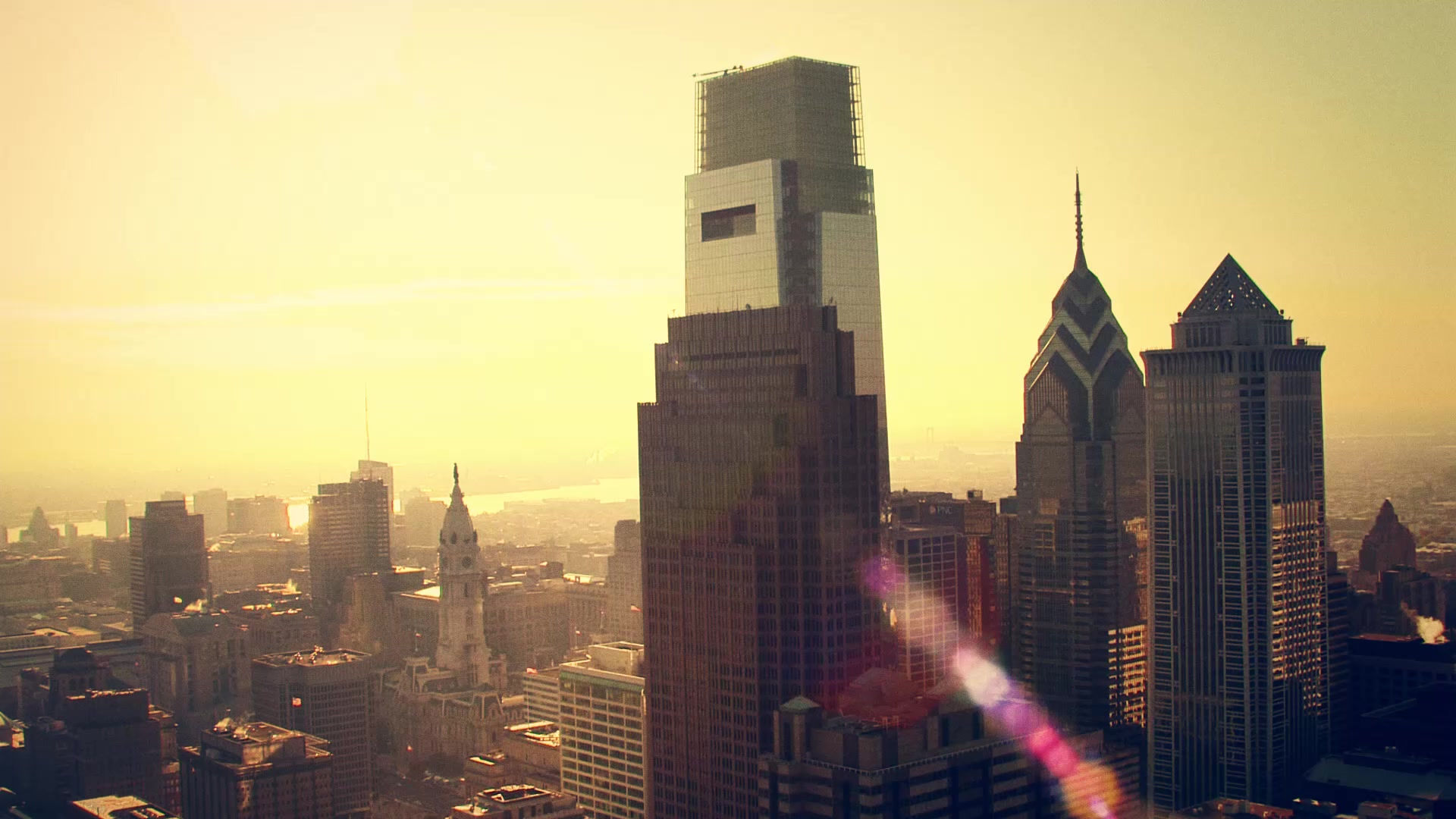Why Medicine Needs Art
- AlexanderRoman
- Oct 1, 2018
- 4 min read
Jill Sonke, director of the Center for the Arts in Medicine at UF and semi-professional dancer, discusses the idea of combining the arts and medicine to produce efficient results in patients with chronic or non-chronic illnesses.

Art is not a form of medication or science, but it is a way to relieve pain and suffering and create a great sense of calmness and serenity. Art is a form of distraction and easement of discomfort. To say that art does not belong with medicine is like saying peanut butter and jelly are two different substances that never, and will never, work. That's just ludicrous. Both work perfectly on their own, however if one were to combine both then the result is something that is amazing and innovative.
Art is not subjected to paintings and drawings, nor is it subjected to tangible things. Music, poetry, Architecture, design, dance, speech, nature, it is all art. Art is around us and to not use what is around us in a process of healing and reconstructing ourselves is not taking advantage of all the medication the world has to offer.
Sonke stated that when we engage in a flow state we invoke a relaxation response, the opposite of the "fight or flight" response. This response and experience allows our "immune system to work more effectively". Medicine is in art. Healing is in art. A major key to assisting in recovery patients is in art. According to her personal experience, in 1994 she helped relieve pain in a patient with a chronic condition through something as simple as dancing. The patient also requested that her morphine levels were to be cut by half so she can focus more on her therapeutic dancing. Although the dancing did not completely take the pain away nor heal her, it did help her fight through it. With her mind being occupied and her body using all her muscles to move around, she was able to resist the pain and enjoy an art style she lived all at once, a beneficial outcome for all.
This begs the question: How does art succeed in helping patients with chronic illnesses when medicine has not been as effective? In short, it distracts them and keeps their minds occupied with something entertaining and beautiful that they very much enjoy. According to the Ted Talk, when we receive pleasure we release certain neurotransmitters called endorphin and dopamine which are responsible for creating sensations of pleasure and relieve certain levels of pain which act similarly to the pain-depleting drug morphine. If one were to receive pleasure and happiness by simply playing the guitar or watching a sun set or painting a picture of a dog or even dancing, then why not incorporate that healing technique into the medication the doctor prescribed? Medicinal treatment can only go so far before it is rendered useless and art is just a psychological tool that has a finite end to its usefulness, but together both institutions can create serious positive effects for the patient or patients in pain. Art relaxes us and takes us to another world, some more than others. I've had friends who cope with dramatic life losses by listening to music or watching an opera. I personally feel better after listening to soft, guitar notes play against a melodic wind in nature whilst watching the sunset. Medication to aid in anxiety or depression is not used in such cases which further show that art is a healing technique that may possibly serve more useful and powerful, in certain cases, than medication.
The beauty of incorporating art is the idea of self transcendence and the effects it has on the human mind and perception of the illness one may be suffering. Self transcendence, as said by Sonke, is "when we experience something and it expands our conceptual boundaries". Self transcendence broadens our horizons and expands our field of view. Self transcendence is a way to open your mind and see the world through a different lens and live life differently, with a stronger appreciation for life and the wonders it has to offer. It is about going beyond our limits, overcoming them and transforming yourself to act out of love, care, and attention to things and others as well. This experience of understanding and finding a sort of peace can be different for many people and may vary on how it comes to us in life, but one thing is certain: we all have moments in life that really open our eyes, even if its for a fraction of a second, and make us really see the world and appreciate it and its value just as much as it does to allow us to appreciate ourselves. This overcoming helps us get through things in life, manufacturing a positive outlook towards our situations and not letting us drown in the stress and sorrow that may couple with the negativity in our lives.
Unfortunately, I have never experienced 100% self transcendence yet. I have experienced minor instances that mirror this overcoming but it is not 100% it. I strongly believe every human has that moment of "aha" and really sees they are a part of something bigger. My moment will come. I will be here. Waiting.




Comments